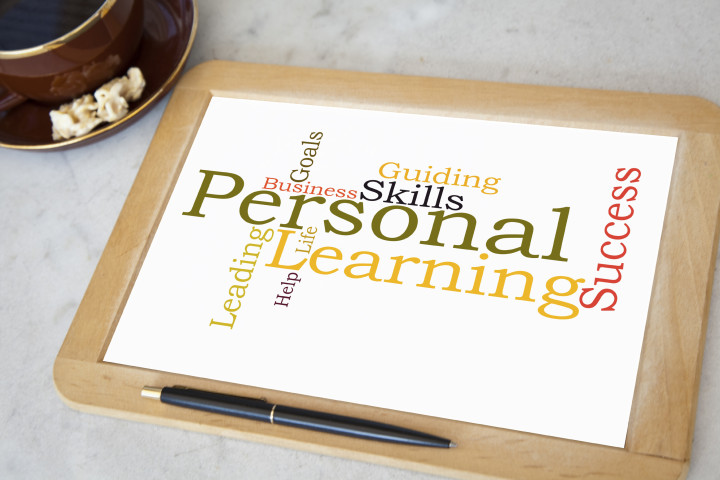
As part of a module on the DiSC profile assessment that I was teaching, I needed to hand out DiSC buttons to all the participants.
In the past, we had set the buttons next to the lunch vouchers and simply asked the participants to take their button(s) when they picked up their vouchers.
On this particular day, I decided to change things up. I took the four containers with the various buttons and handed them out to different tables, instructing them to pass the container to the next table once everyone had grabbed an appropriate button.
Needless to say, it was a bit chaotic. For me, it was all good fun. Not everyone in the classroom agreed. In fact, some of the participants said the activity made them uncomfortable because it was so unorganized.
While my intent that day was not to use the activity as an example of how our various learning styles can affect the impression we make on others, I now regularly do this activity to demonstrate how the smallest activity can appeal to one learning style and completely turn off another.
As a facilitator, knowing that my own learning style tendencies might not be welcomed by analytical learners helps me balance activities to make sure there is something for everyone in the way I present the material.
Depending on the source, there are three, four, or seven different learning styles. The basic three are visual, auditory, and kinesthetic learners.
If you are a visual learner, you tend to rely on PowerPoints, quick guides, videos, and job aids.
As a facilitator, if you are an auditory learner, you would likely have a tendency to create activities around storytelling, debates, and panel discussions.
On the other hand, if you are a kinesthetic facilitator you would probably be more likely to incorporate simulations, role-playing, and case studies.
The key is to realize your own learning style and make sure you compensate for your own preferences and include activities that appeal to all different learners.
Ideally, you want to know what kinds of learners you have in any training. If, for instance, you discover that over half of the participants are one particular learning style, you may want to flex some of the activities to make them more optimal for that particular style.
The good news is that determining a person’s learning style is not complicated. In our Train-The-Trainer course, we offer a 12-question assessment that tells participants what their primary and secondary skills are.